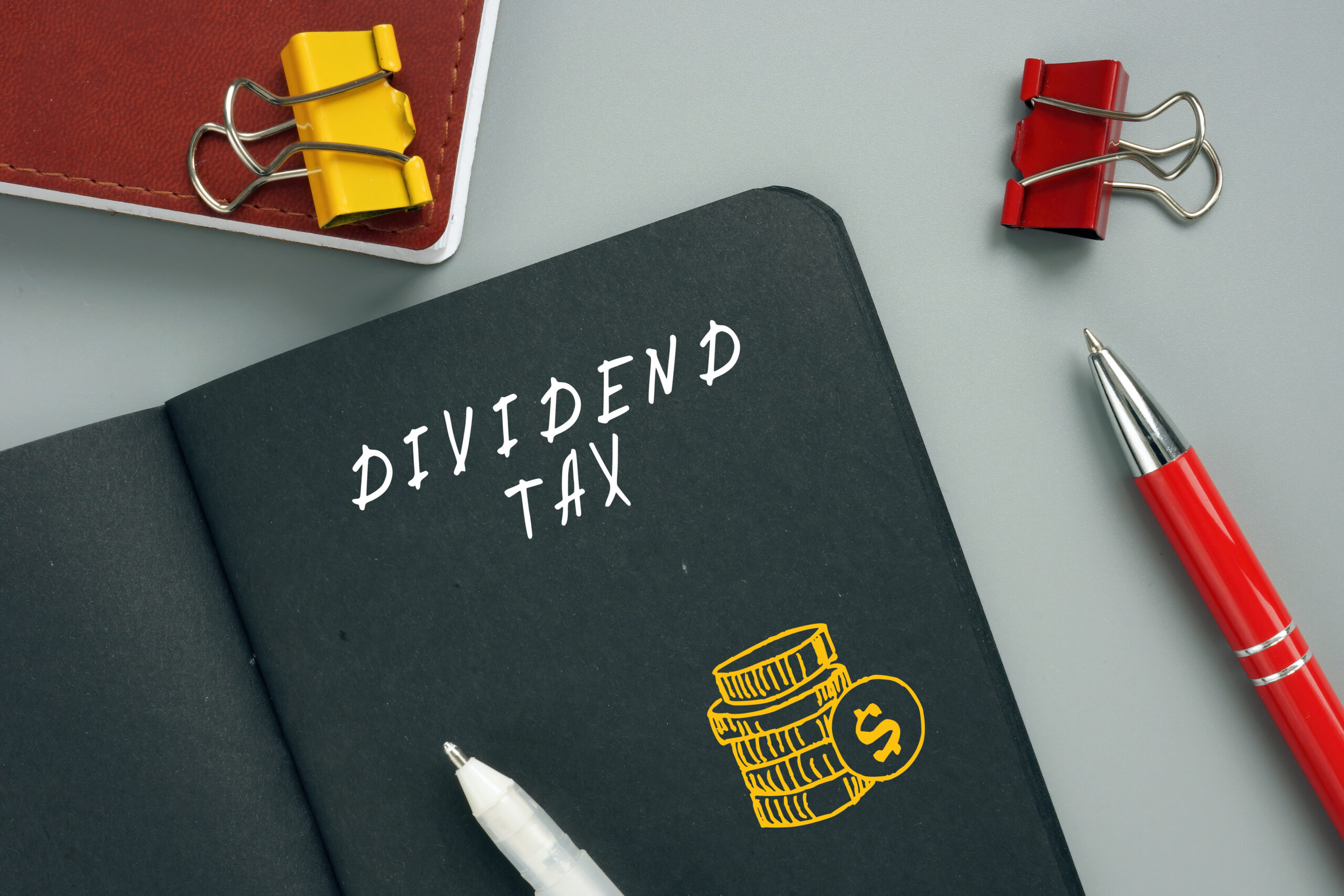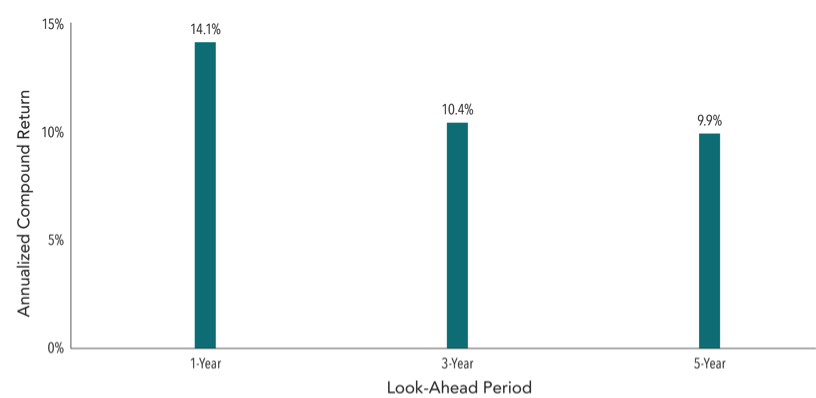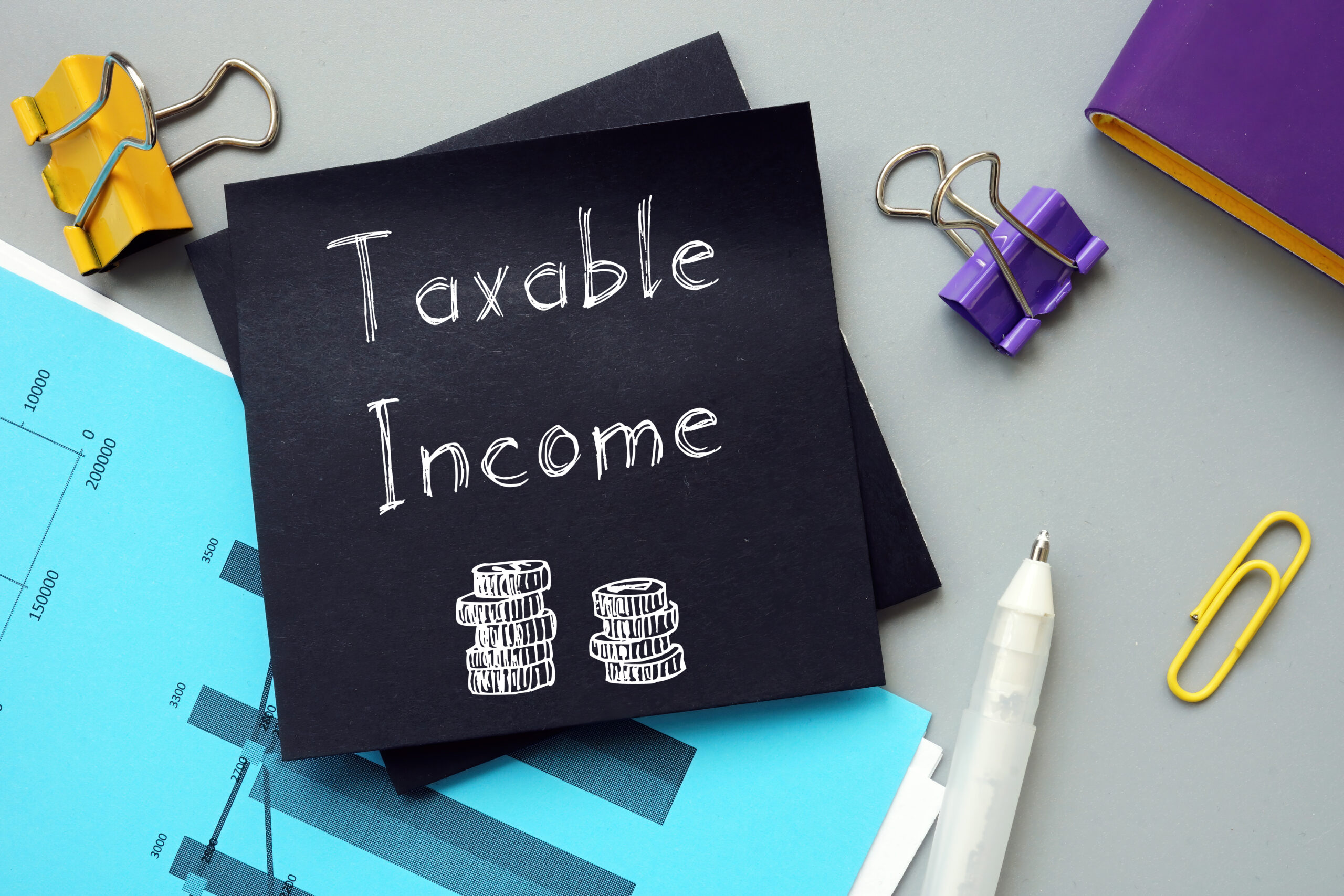When you see the word “income,” there will be taxes associated with it most of the time. Dividend income is no different. However, the type of tax you will pay on your dividends will be determined by the kind of dividend you receive.
Different Kinds Of Dividends
Dividends are the distributions of a profit that a corporation pays to its shareholders, but they can come in many forms. Dividends are frequently distributed as cash, but they may also come in the form of stocks, stock options, debt payments, property, services, or payments from mutual funds. Plus, partnerships and S-corporations may also pay out dividends, and distributions from trusts and estates can also be considered dividends.
Types of Dividends and Tax Rates
There are two types of dividends, and the tax rate depends on which of the two types they are—qualified or nonqualified.
Type I: Qualified Dividends
Qualified dividends include those paid by U.S. companies and are taxed at the lower long-term capital gains rate instead of the higher tax rate used on an individual’s regular income.
Progressive Capital Gains Rates
These taxes are progressive taxes, which means higher-income earners will pay more on dividend income than lower-income earners. Individuals in the 10% to 15% tax bracket are exempt from any tax, while investors who fall in the middle brackets—25%, 28%, 33%, or 35%—pay 15% at most in capital gains. Dividends are taxed at a 20% rate for individuals whose income exceeds $209,425 (those who fall in either the 35% or 37% tax bracket).
Eligibility Requirements
To be considered a qualified dividend, a dividend must be paid by one of the following:
· A U.S. company
· A company in U.S. possession
· A foreign company residing in a country that is eligible for benefits under a U.S. tax treaty
· A foreign company’s stock that is traded on a major U.S. stock market
Holding Period Requirements
Keep in mind, there are strict holding period requirements that must be met to qualify for this reduced tax rate. For a dividend to be a qualified dividend, you have to buy your shares before the ex-dividend date and hold onto them for at least 61 days.
Type II: Nonqualified Dividends
Nonqualified, or ordinary dividends (such as those paid by real estate investment trusts) are taxed at the regular income tax rate. This can be as high as 37%, well above the 20% cap on qualified payments. For this reason, those of you in higher tax brackets should make sure a stock’s dividend will qualify for the lower tax rate before investing since it could save you money come tax time.
What About Reinvested Dividends?
Reinvested dividends are treated differently according to where they are reinvested—in a retirement account or an investment account. This is important to understand since dividends can play an essential role in your retirement income plan.
Dividends paid in a retirement account, such as an IRA or 401(k) plan, are not taxed. This is because the dividends are not considered income until they are withdrawn. This is similar to selling an equity investment. You don’t pay taxes on the dividends until you are withdrawing them from your retirement account for use.
On the surface, this may seem like a win if you aren’t yet in need of your dividend income. Dividend-earning stocks and mutual funds can help your retirement portfolio grow more quickly when you reinvest the dividends. But, this can be problematic from a tax perspective when the dividends are taken out in the form of IRA withdrawals (with the exception of Roth accounts), they will be taxed at your ordinary-income tax rate—which can often be higher than the long-term capital gains rate for qualified dividends.
The dividends and capital gains you earn benefit from capital gains tax treatment in a regular investment account. This means these earnings could be taxed at a lower rate. The catch is that dividends in an investment account are taxed every year you receive them. There is no deferral option like there is in a retirement account.
What about bonds?
When we compare dividend income to corporate bond income, dividends win again. Dividends are typically taxed at the 10-20% capital gains rate. Corporate bonds will be taxed as ordinary income, with rates as high as 37%. For high-income earners, that’s a big difference.
Qualified dividend income is typically taxed at a lower rate. Lower taxes and a higher potential income make dividend investing attractive.
Strategies to Manage Your Taxes
Dividend stocks and mutual funds can both help you generate income and help your portfolio grow more quickly. But only a strategic approach to investing will help you maximize this income while minimizing the associated taxes.
At Atlas Wealth Advisors, we help retirees make the dividend-investing choices that do just that. If you’re interested in learning more about this retirement income strategy and how it will fit into your plan, schedule a call with our founder today






